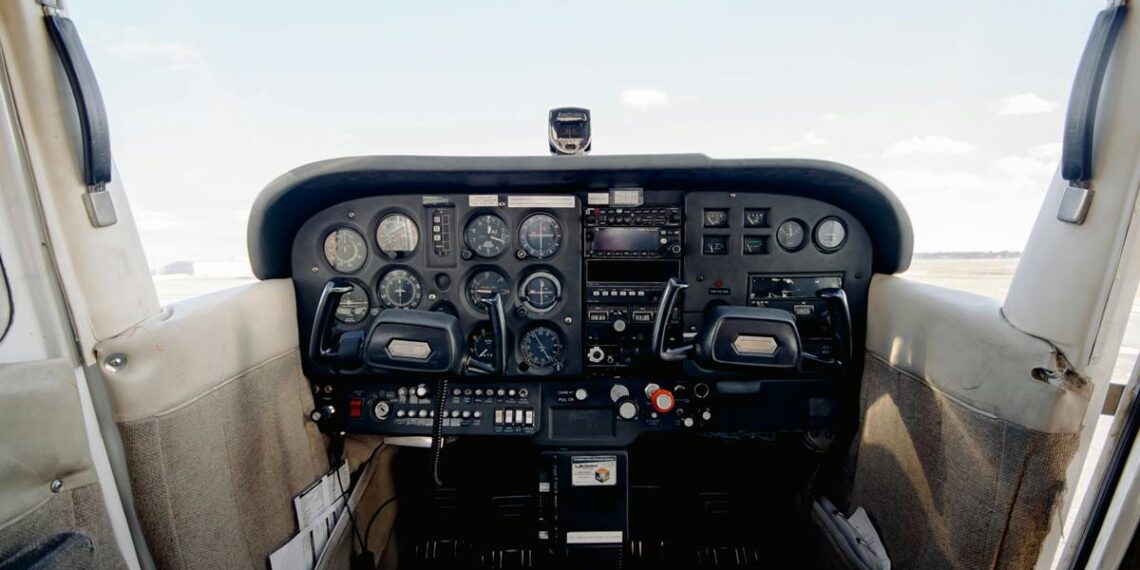Modern airplanes fly thousands of feet above the earth, allowing us to cross continents in hours. However, cabin pressurization plays an important role behind this smooth experience.
In this article, we’ll look at the mechanism and advantages of this critical system that keeps us comfortable and safe while flying.
Let’s have a look!
Mechanism of Cabin Pressurization
Modern airplanes have advanced systems to keep passengers comfortable and safe while flying. One such system is the cabin pressurization system, which is usually powered by air from the engines.
When the plane goes up, the air pressure outside drops, so the pressurization system brings in air from the engines, compresses it, and sends it into the cabin.
The cabins are designed to have the pressure from 6,000 to 8,000 feet upon them so that you feel as if you are 6,000 to 8,000 feet over the ground no matter how high the plane actually is.
This facilitates the process of breathing, and people get well even while going beyond normal altitudes; otherwise, they might feel dizzy by having deep or short breaths.
Flight status and notification systems are implemented as part of an aircraft’s operation process, which makes sure passengers are aware of their schedules and any information that matters during the journey.
Benefits of Cabin Pressurization
Here are some important benefits of cabin pressurization:
Comfort
Passengers usually feel their ears pop when the plane takes off or lands. That is because of changes in air pressure. But with cabin pressurization, passengers won’t feel that uncomfortable sensation. It keeps the pressure inside the plane just right, so they can have a smooth and cozy journey without any weird ear feelings.
Safety
Safety first, and without cabin pressurization, flights would be more dangerous than today.
Clear air is always needed. It provides the circulation of oxygen environment, so your breathing will be comfortable. Gasoline is designed to prevent hypoxia which is associated with a number of unpleasant feelings such as nausea and dizziness.
Therefore, cabin pressurization will make you relax and let you enjoy your flight without your health being a challenge since your body will have no struggles.
Efficiency
Cabins that are pressurized rather than depressurized and work at the same altitude guarantee that airplanes can overcome air resistance, consume less fuel, and have a shorter flight time. This is an advantage for the aviation sector in terms of both the total cost of flight operation and emission control to achieve greener operations.
Moreover, this improved efficiency contributes to airlines’ ability to offer more competitive prices on the travel page, helping passengers find affordable and environmentally friendly travel options.
Cargo Protection
Pressurized cabins benefit passengers and protect fragile objects, such as fragile items and living animals, that cannot survive in an inflight environment.
Therefore, Cargo protection is important when handling items with high monetary value and a short transit time.
[Featured Photo by Harrison Haines]






